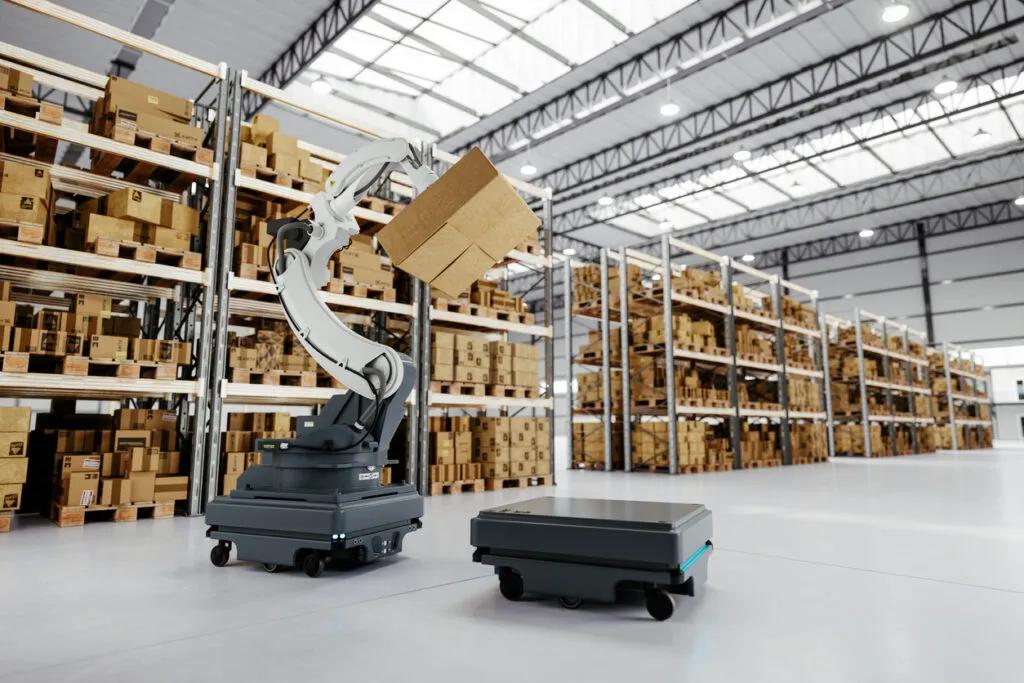
Introduction
The Germany Warehouse Robotics Market size is projected to hit USD 554.2 million by 2030, with a CAGR of 8.6%. Germany, a powerhouse in European manufacturing and logistics, is witnessing a transformative surge in its warehouse robotics market in 2025. Fueled by the e-commerce boom, advancements in artificial intelligence (AI), and a push for sustainable operations, the country is at the forefront of adopting robotic solutions to streamline warehouse operations. Recent developments, such as FedEx’s deployment of AI-powered sorting robots and robust market growth projections, highlight Germany’s pivotal role in this sector. This article explores the latest trends, key players, and driving factors behind Germany’s warehouse robotics market in 2025, drawing on recent industry reports and innovations.
E-Commerce Surge as a Catalyst
The exponential growth of e-commerce continues to be a primary driver for warehouse robotics in Germany. With online retail accelerating globally, warehouses face increasing pressure to manage high order volumes and ensure rapid delivery. Germany, alongside the UK and the Netherlands, leads Europe in adopting automation to meet these demands, driven by a focus on efficient and sustainable operations.
In Germany, the e-commerce sector’s reliance on automation is evident in the adoption of autonomous mobile robots (AMRs) and automated guided vehicles (AGVs). These technologies streamline inventory management, order fulfillment, and packaging, reducing dependency on manual labor. For instance, the autonomous mobile robots segment is anticipated to hold over 29% of the market share in 2025, driven by the need for high-efficiency solutions in handling fragile goods and customized tasks.
Recent Innovations and Deployments
A significant milestone in 2025 is FedEx’s introduction of an AI-powered sorting robot at its Cologne air network facility, marking the first such deployment in its European network. This facility, the largest of FedEx’s seven air network locations in Germany, employs over 900 workers and handles high volumes of packages. The robotic sorting arm, powered by AI, enhances efficiency in small package sorting, a critical function in e-commerce logistics. This move follows FedEx’s earlier adoption of robotic arms in its Memphis hub in 2020, signaling a broader trend toward AI-driven automation in logistics.
Additionally, companies like Amazon are scaling up robotic deployments in Germany. A post on X highlighted Amazon Mezon’s deployment of 1 million robots at its logistics center in Mecklenburg-Western Pomerania, indicating a significant push toward job automation. While this claim requires further verification, it underscores the growing reliance on robotics to optimize warehouse operations in Germany.
Key Players and Market Dynamics
Germany’s warehouse robotics market is shaped by both domestic and international players. Major companies such as KION Group AG and KUKA AG, both based in Germany, are leading innovators in the sector. KUKA AG, known for its articulated robotic arms, is advancing solutions for pick-and-place and packaging operations. Other global players like ABB Ltd., FANUC Corporation, and Daifuku also have a strong presence, contributing to a competitive landscape.
The market is segmented by product type, function, and end-user. Autonomous mobile robots dominate due to their flexibility and integration with warehouse management systems (WMS). The picking and placing function, holding over 34% of the market share in 2025, is critical for e-commerce and retail sectors. End-users such as automotive, electronics, and food and beverage industries are increasingly adopting robotics to enhance productivity and reduce costs.
Technological Advancements
The integration of AI, machine learning, and the Internet of Things (IoT) is revolutionizing warehouse robotics in Germany. AI-powered systems, like Amazon’s Sparrow robot, use computer vision to identify and manage millions of products, improving accuracy and speed. These advancements enable robots to handle diverse stock-keeping units (SKUs) with precision, a necessity in modern e-commerce warehouses.
Moreover, the adoption of cloud-based warehouse management systems, as seen in Uniserve’s partnership with Logistics Reply to implement LEA Reply, enhances scalability and efficiency. These systems integrate robotics with real-time data analytics, reducing errors and improving order fulfillment times. The focus on digitization also supports sustainability goals, as robotics optimize resource use and reduce waste.
Economic and Policy Support
Germany’s strong manufacturing sector, bolstered by a surge in new orders in 2025, supports the adoption of warehouse robotics. The HCOB Purchasing Managers’ Index (PMI) for German manufacturing rose to 49.0 in June 2025, driven by domestic and international demand. This economic optimism, coupled with supportive regulatory frameworks promoting robotics and AI, creates a fertile environment for market growth.
However, challenges such as employment concerns persist. The PMI data also highlighted ongoing workforce reductions in manufacturing, partly due to automation. While robotics address labor shortages, they raise questions about long-term employment impacts, necessitating a balance between automation and workforce development.
Regional Leadership in Europe
Europe, led by Germany, is a key player in the global warehouse robotics market, projected to hold a significant share due to its focus on sustainable operations. Germany’s advanced infrastructure and technological expertise make it a hub for robotics innovation. The country’s leadership is further supported by partnerships, such as Samsung SDS and SAP’s collaboration to integrate AI and hyper-automation into warehouse management, enhancing operational efficiency.
Conclusion
Germany’s warehouse robotics market in 2025 is thriving, driven by the e-commerce surge, technological advancements, and supportive economic policies. Innovations like FedEx’s AI-powered sorting robot and Amazon’s large-scale robotic deployments underscore the country’s leadership in automation. Germany’s focus on AI, IoT, and sustainable practices positions it at the forefront of this transformation. However, addressing employment concerns and ensuring equitable adoption will be crucial for sustained growth. As Germany continues to innovate, its warehouse robotics market is set to redefine logistics efficiency in Europe and beyond.


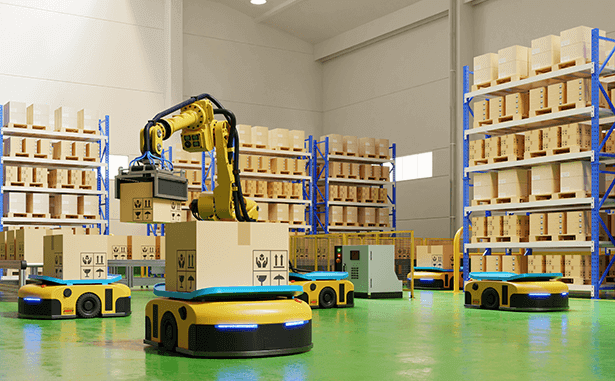
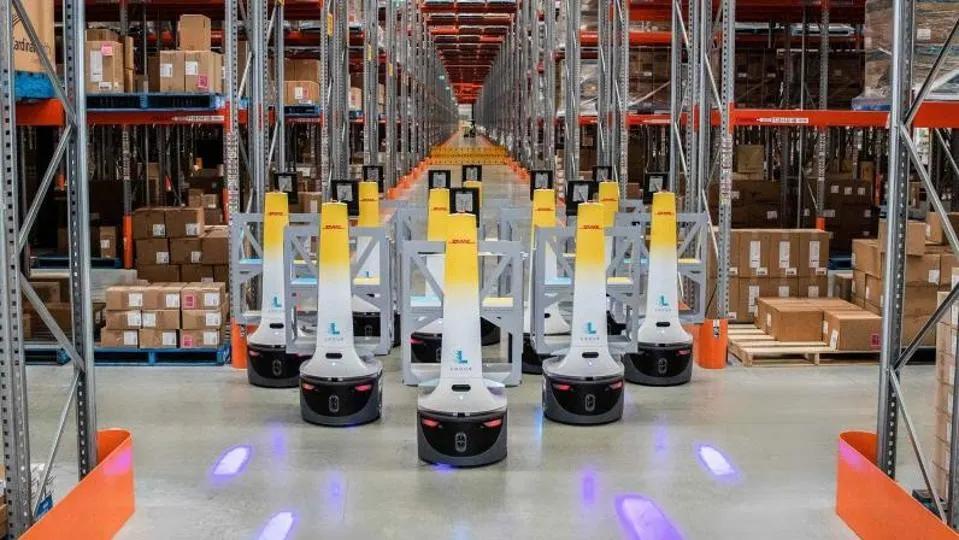
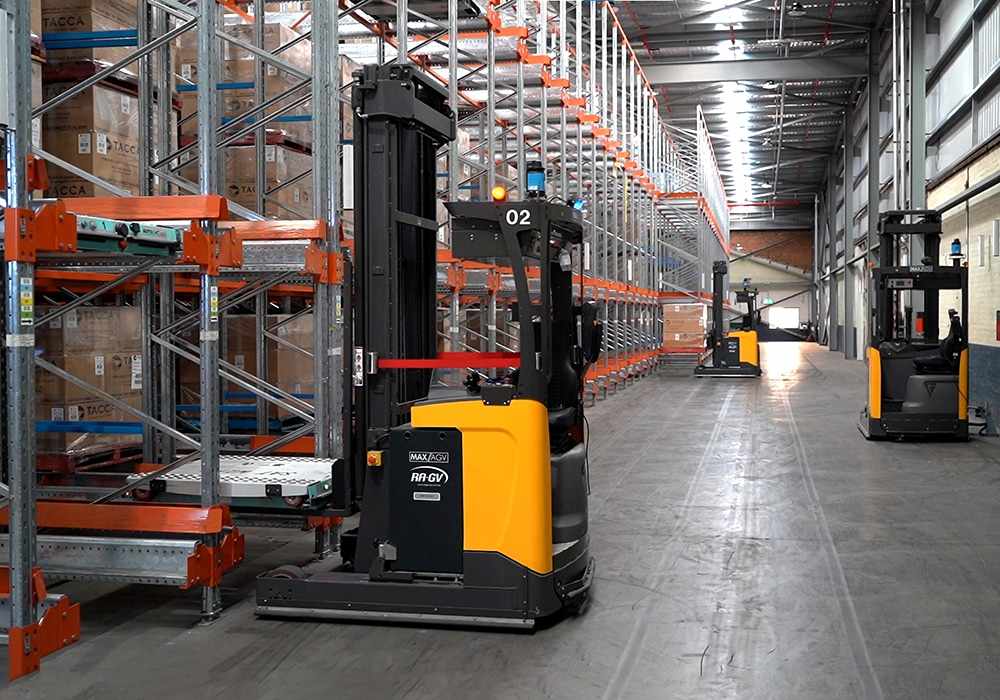
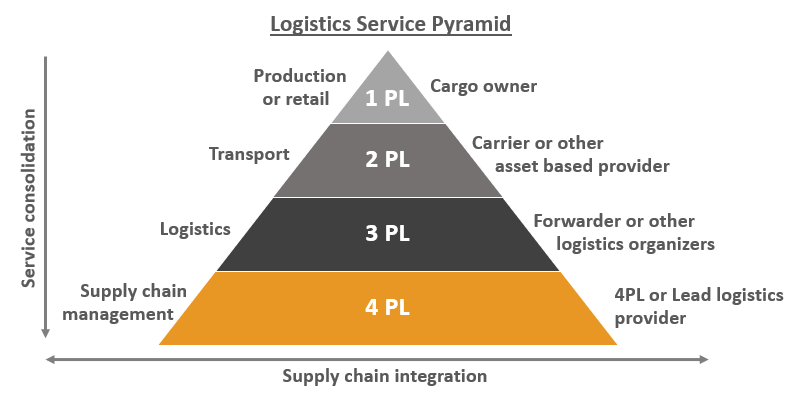


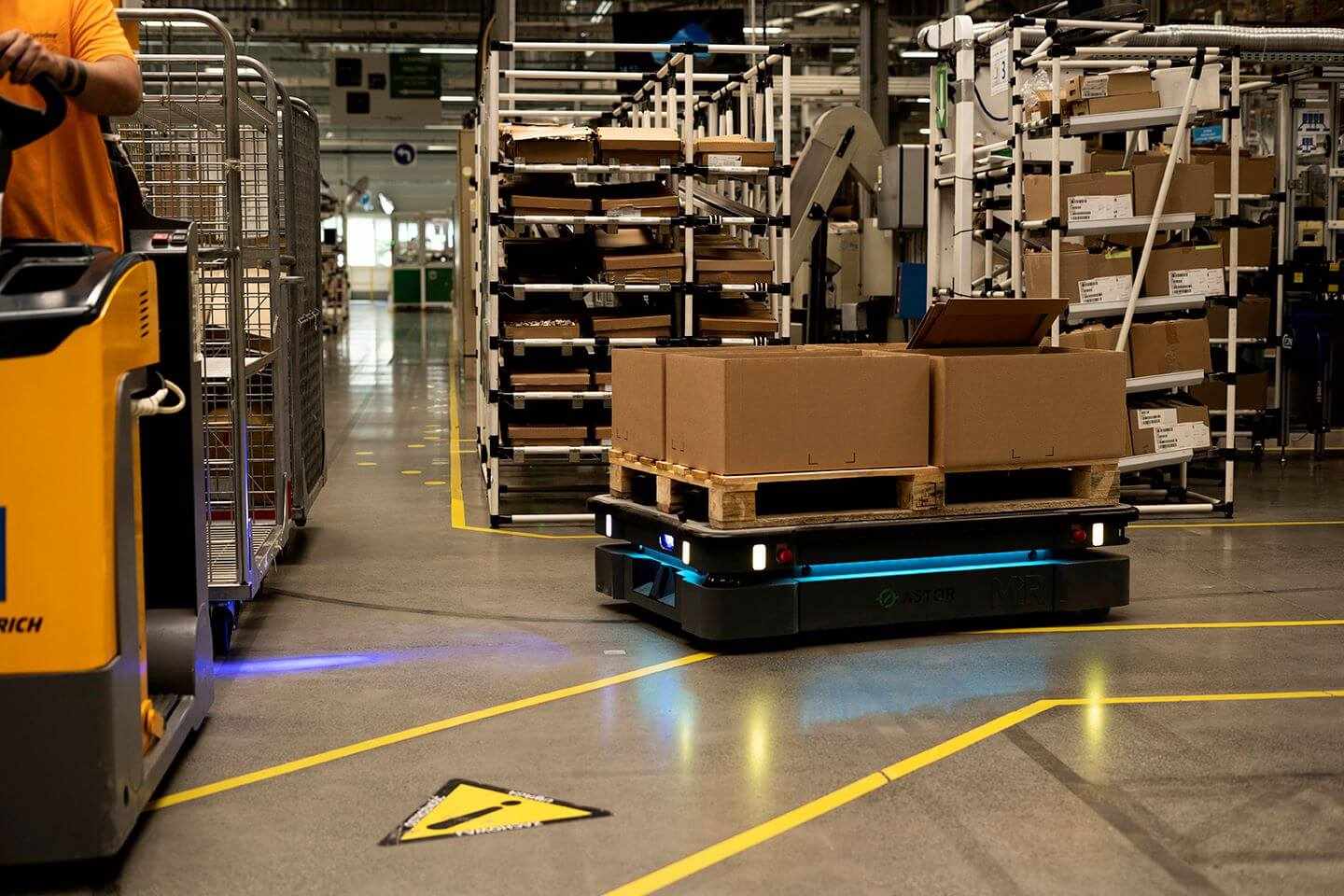
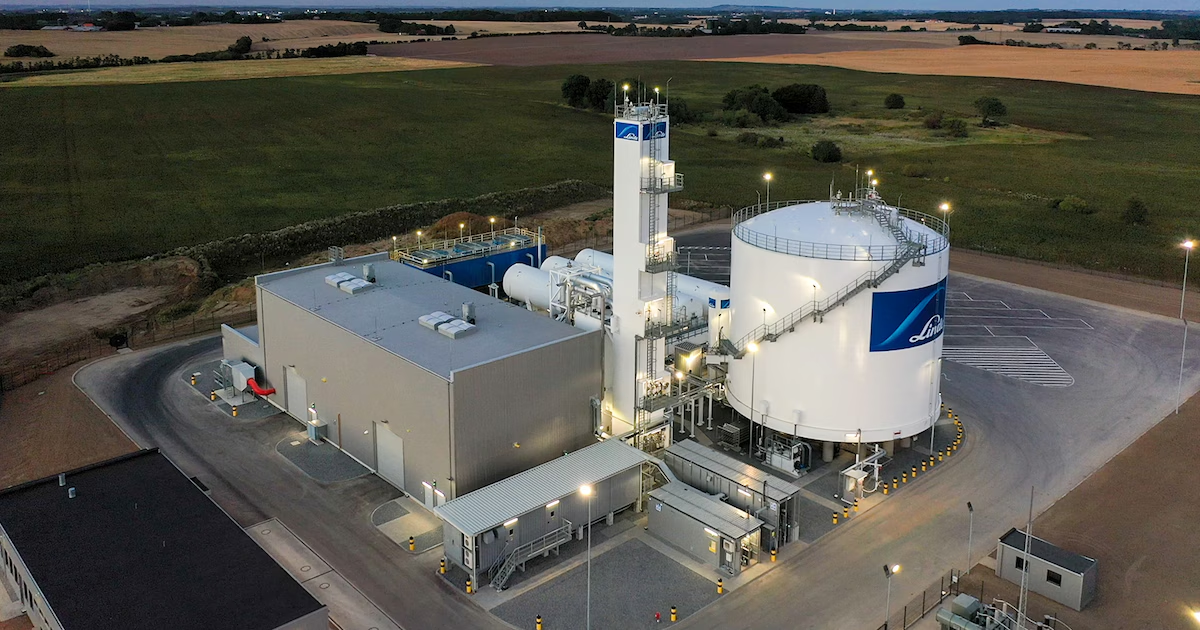
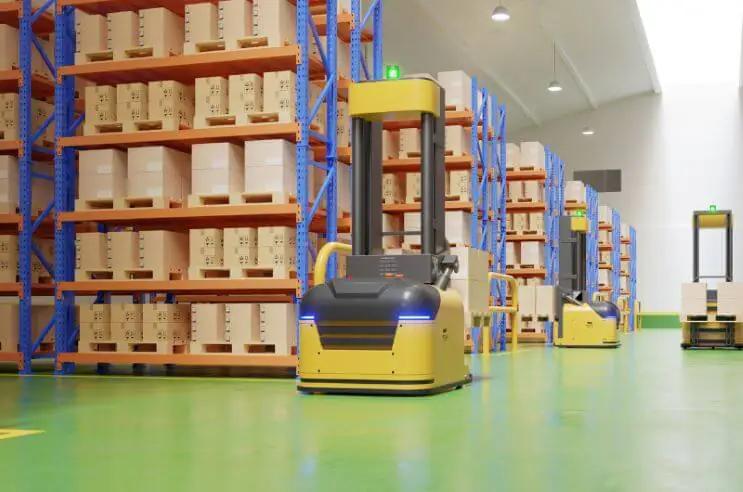

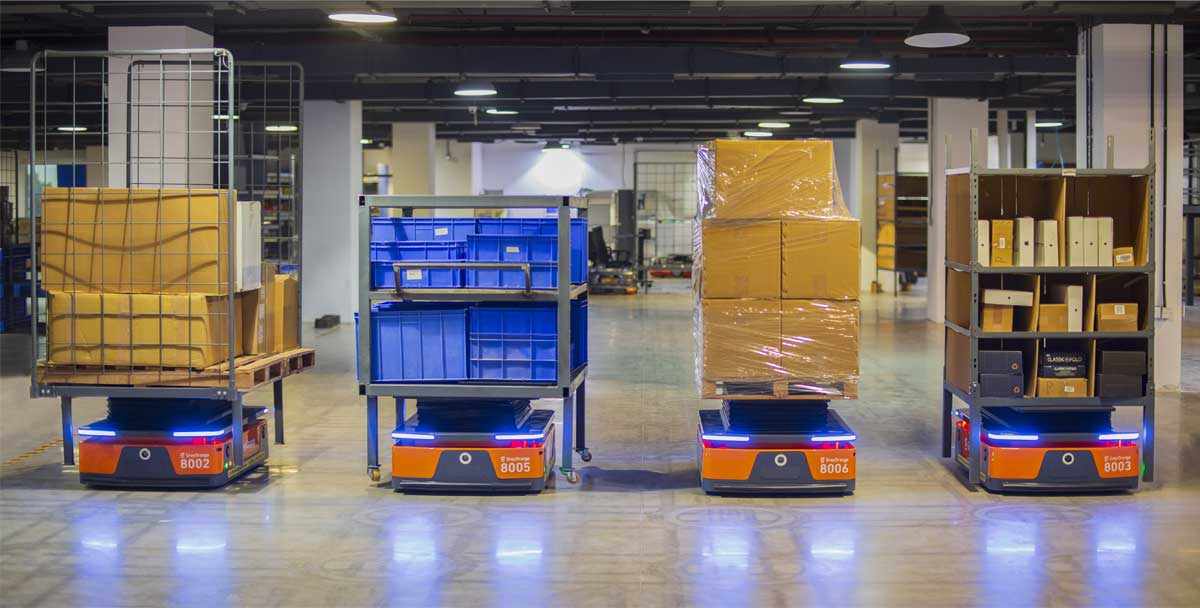

Write a comment ...